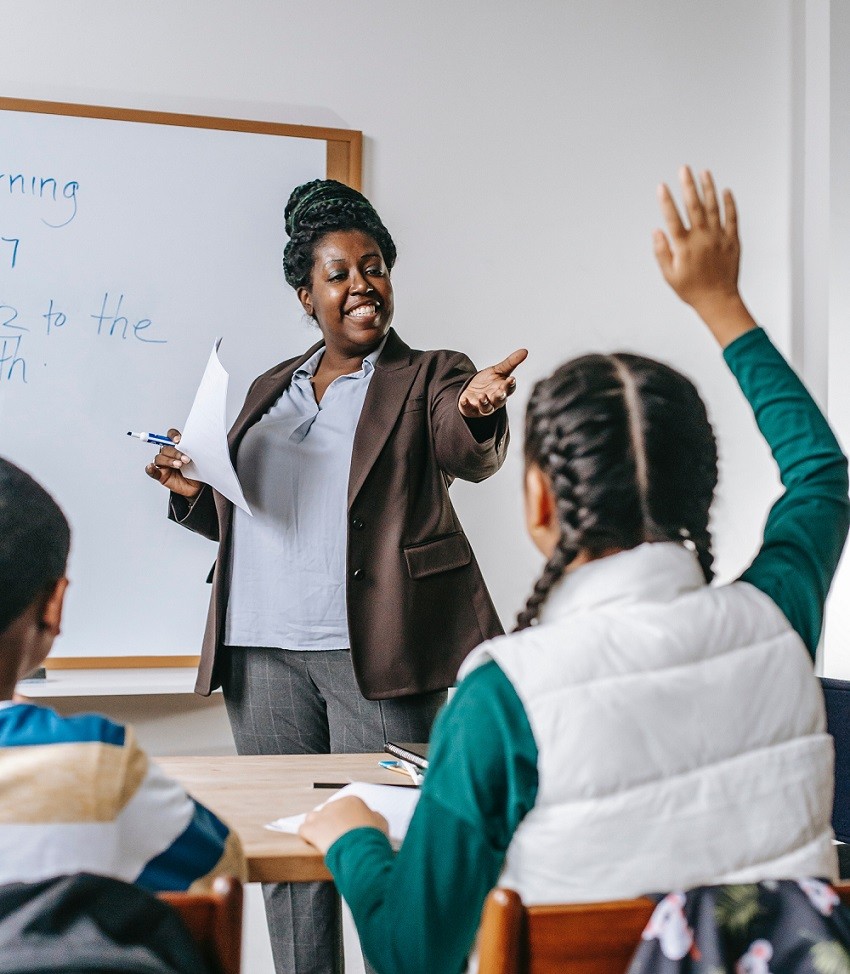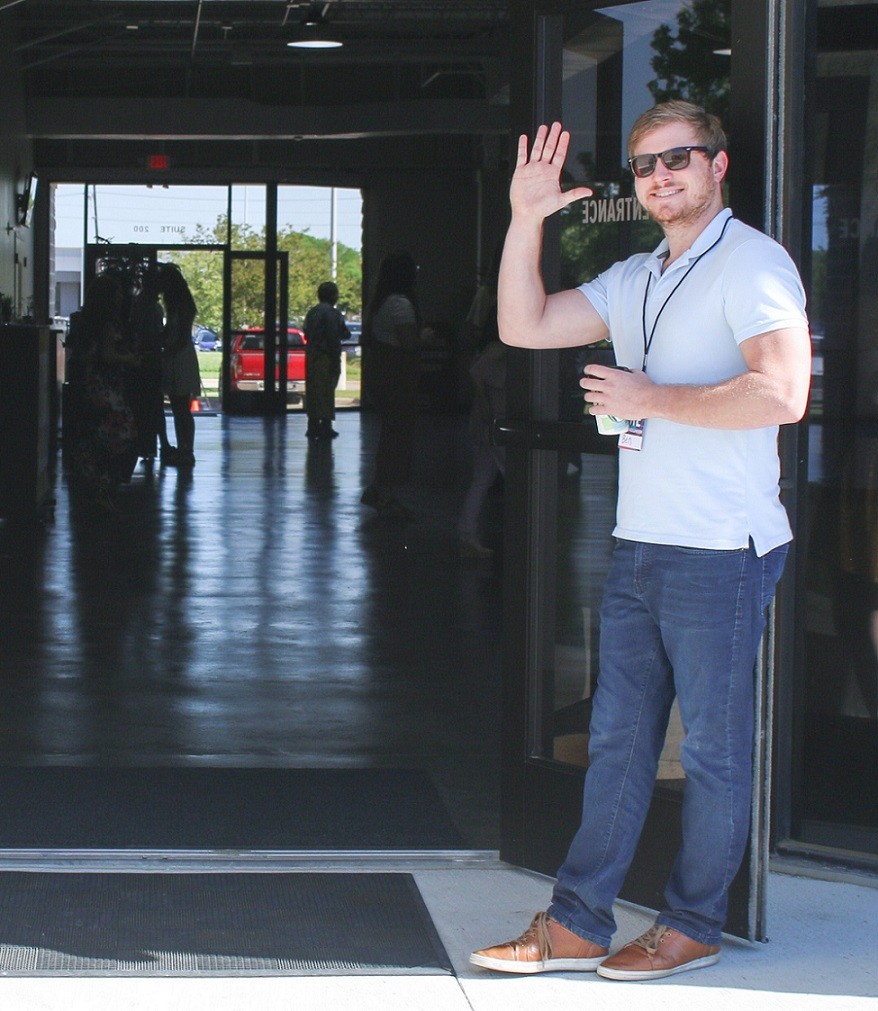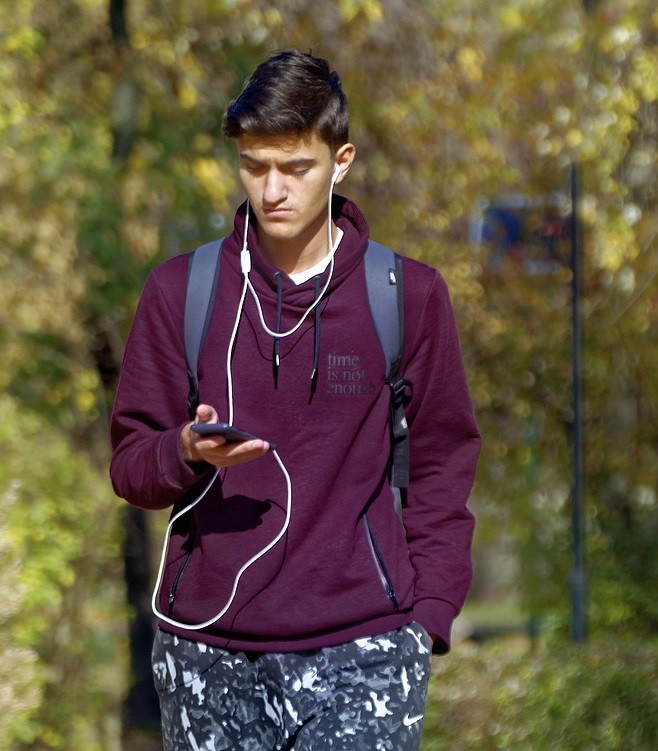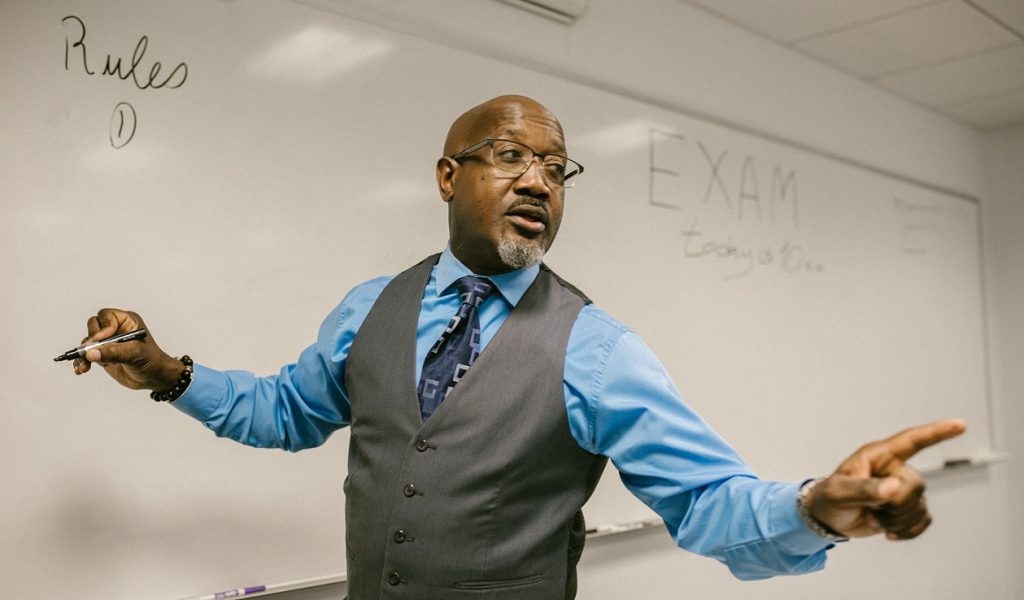Tagged Under:
Strong Bonds: The Value of Teacher-Student Connections
Your positive, supportive relationships with your students can literally make them healthier for life.
“I remember that guy!” My husband was on vacation with his best friend since 1st grade, and they were laughing and reminiscing about a terrific teacher they’d had 40 years ago.
Did this teacher set them up for better mental and physical health later? According to the research, the answer is yes.
We often think about the sweet power of friendship between children, and the intense friendships that form between adolescents. But close, positive bonds with teachers are also important and can have long lasting effects on health.
 Research published by the American Psychological Association in the journal School Psychology looked at the relationship between warm, supportive teachers and how healthy their students later turned out to be. It looked at data from 20,000 participants in the United States, following them longitudinally for 13 years from 7th grade into early adulthood.
Research published by the American Psychological Association in the journal School Psychology looked at the relationship between warm, supportive teachers and how healthy their students later turned out to be. It looked at data from 20,000 participants in the United States, following them longitudinally for 13 years from 7th grade into early adulthood.
Researchers assessed the physical health of the subjects, measuring quantitative factors such as blood pressure and body mass index. They also asked them about their mental health. And they asked questions such as: “How often have you had trouble getting along with your teachers?” and “How much do you agree your teachers care about you?”
Participants who had reported good relationships with their peers and teachers in middle school and high school had better health outcomes in their early 20s. But interestingly, because the study also included 3,400 pairs of siblings, the researchers could study whether family background was a factor. Once family background was accounted for, only the link between good teacher relationships and adult health remained significant.
The Ramifications
“This research suggests that improving students’ relationships with teachers could have important, positive and long-lasting effects beyond just academic success,” the author of the study, Jinho Kim, Ph.D., wrote. Kim is an assistant professor in the Department of Health Policy and Management at Korea University. “It could also have important health implications in the long run.”
As a music educator, you already know the power of inspiration and how important teachers are. The study’s results suggest that teacher relationships are even more important than previously realized and that schools should invest in training teachers on how to build warm and supportive relationships with their students, according to Kim. He observes, “This is not something that most teachers receive much training in, but it should be.”
Little Ways to Build Positive Relationships with Students
 Let’s start with the little details — the most basic ways to build a positive relationship with your music students.
Let’s start with the little details — the most basic ways to build a positive relationship with your music students.
- Ensure you are pronouncing students’ names correctly, and not using any nicknames without expressly checking first. If there are multiple students in the class with the same name, discuss how they would like to be referred to, instead of just assuming one person will be Samantha but the second Samantha will be Sam. The wrong name can really chafe.
- If possible, stand at the music room door to greet students as they come in for class.
- Make sure all students can hear you. Speak clearly and move around the room to engage with everyone.
- Provide clear communication, with plenty of advance notice of any musical performances, recitals or audition opportunities. Remember the adage “some people don’t read and some people don’t listen,” so verbal and written information are both valuable.
Big Ways to Foster Meaningful Teacher-Student Bonds
Then there are the bigger-picture ways of encouraging participation, self-expression and a sense of community within your student groups. These take more effort, but lead to lasting positive relationships. A good resource for creating defining, unforgettable moments is the book “The Power of Moments,” by Chip and Dan Heath.
 Provide ways for students to touch base outside of the classroom. This might be holding regular office hours and encouraging drop-ins, or you could have a classroom “Talk to Me” box, where students can drop in their thoughts.
Provide ways for students to touch base outside of the classroom. This might be holding regular office hours and encouraging drop-ins, or you could have a classroom “Talk to Me” box, where students can drop in their thoughts.- Ask students about the music they are listening to. Encourage them to bring in new sounds and ideas from their personal experience. Which artists do they like? Can some of these artists become topics of research or fodder for performance?
- Provide opportunities for students to take excursions to live local performances, with a variety of settings and genres.
- Flip the script by having students teach a portion of a lesson. They might, for example, open the class by giving a short presentation on a historical period or a famous musician. Plan some lessons that involve collaboration between students, working in small groups, to foster collaboration.
- Mix up the type of instruction for multisensory appeal. Some music students do well with tactile experiences like coloring different notes with bright hues, while others might respond best to watching a funny video, and still others might enjoy a “game show” style quiz to encourage memorization.
- Lastly, look for students who seem to be acting out — oftentimes they need positive attention, but aren’t sure how to go about getting it. Dr. Chawanna Chambers reflects that choosing authenticity, valuing students’ voices in the classroom and empathizing with their experiences is key when working with all students, and especially so-called “tough” students. She shares more insights here.
Every student needs a champion, and you might be just the person for that role!















